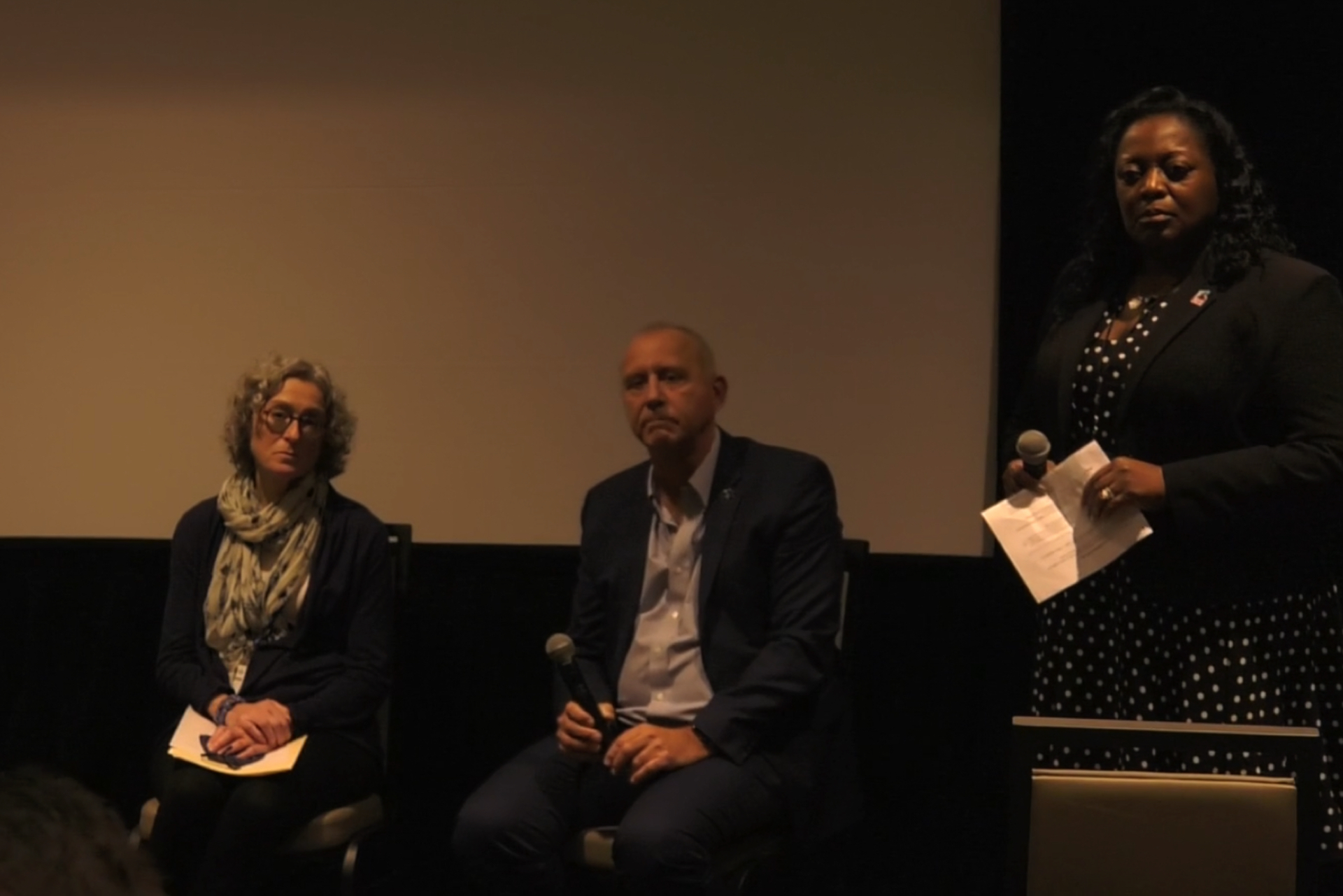Venture capitalists have long existed in the business world. A new fund is bringing them to the association world, focusing on investments that will help organizations grow their revenue-producing products, including events, credentialing programs, and publications.
With many associations looking to reinvigorate revenue streams as we emerge from the pandemic, a group of association professionals have set up a venture capital fund to invest in them. The group’s founders believe it can help associations get both an infusion of cash and strategy assistance to grow and evolve their revenue.
“I don’t really think there has been capital market activity in the association space; it’s fairly novel,” said Robin Lokerman, FASAE, a founder of Acceleration Investment Partners. “What we’ve created is a fund that will invest in associations and help them to monetize some of their key assets. It can be an event. It can be certification program. It could even be a publication.”
AIP recognizes now is a great time to make investments.
“The landscape for membership organizations is evolving,” said Velma Hart, FASAE, CAE, also a founder of AIP. “Membership organizations are having a tough time surviving, and they’ve got to think differently and creatively. They have to truly innovate—not just talk about it—to survive.”
The Basic Concept
Conceptually, it is similar to the TV show Shark Tank, which allows business owners to seek capital from “shark” investors, in exchange for a percentage of their company.
However, unlike Shark Tank, AIP’s investment board members are more akin to a teamwork-driven dolphin pod, rather than cannibalistic sharks. The process also differs from the TV show in that the investment is in a specific asset or product, not the entire association, and it is completely confidential, in that no information about the associations applying is shared outside the AIP board.
Investors have already contributed to AIP’s fund, which Lokerman says has about 30 million Euros (around $35 million U.S. dollars). A five-person investment board that includes Hart and Lokerman advises the fund on whether to invest in an association’s product.
“We are really looking at growth opportunities,” Lokerman said. “We want to provide cash upfront to the association that hopefully will allow them to invest in their organization and also the asset we have together.”
The nitty gritty
Here’s an example of how it would work in practice: If an association wanted the fund to invest cash in its tradeshow, it would first provide financials for the event to AIP.
“There is an intentional vetting process associated with this,” Hart said. “It’s not a heavy lift; it’s information every well-run organization already has. Organizations have to provide financial and business plan information that ensures the fund and investors that they have a viable asset and everyone can expect to get paid back.”
Next, the AIP board would consult on the data, which Hart adds is completely confidential. The group is looking for assets that have potential, not necessarily proven stars.
“All of our services in the association world are going through an evolution and a transformation,” Lokerman said. “We are looking for the association that has a financial need or financial desire to identify a product they have, and with us, create a strategy to help that product grow and evolve in a new world.”
If the AIP board approves an investment, the asset is carved out.
“We ask the association to settle a commercial daughter legal entity that they own 100 percent, and then they transfer the asset into that legal entity,” Lokerman said. “Then the fund will acquire a minority stake—20, 30, or 40 percent. We don’t want to control it. We don’t want to take over. The association keeps the brand, keeps their focus. It’s just one element of the association that gets special treatment and provides a financial boost to the whole organization.”
Because the asset is moved into a separate entity, the cash AIP pays to purchase its stake goes directly into the association coffers and can be used for whatever the association needs that money for. The investment deals last five years, and at the end of the term, the association has the option to buy back the stake of the fund.
Like in Shark Tank, the investment also includes advice. However, in the AIP model, associations aren’t limited to the expertise of one shark, and instead get access to the entire dolphin pod of experts.
“It’s not just capital,” Hart said. “It’s thinking, it’s guidance, it’s resources—independent of capital—to help infuse some energy into the asset.”
Adds Lokerman: “We also help them think through that product—what do they have? How can we make it into a growth product in the digital age? How can we bring our experience—as board members—into the equation?”
Written by Rasheeda Childress
Source: Associations Now
View other posts
Swipe for more








